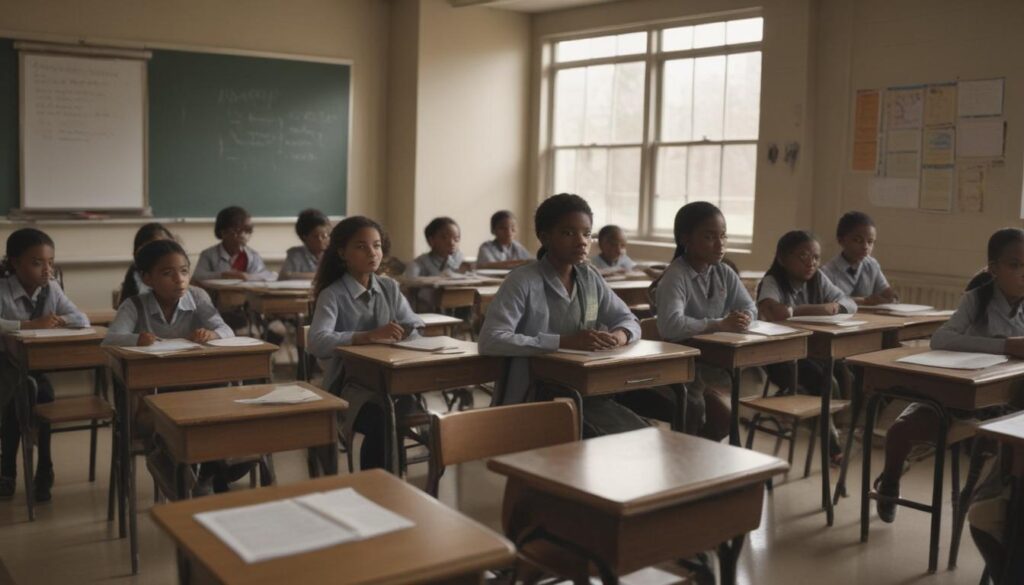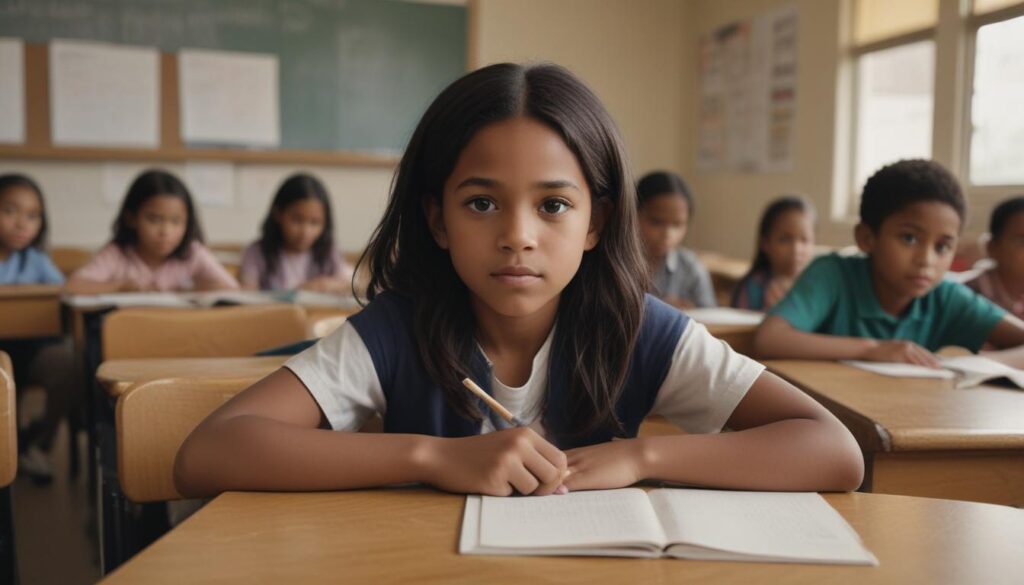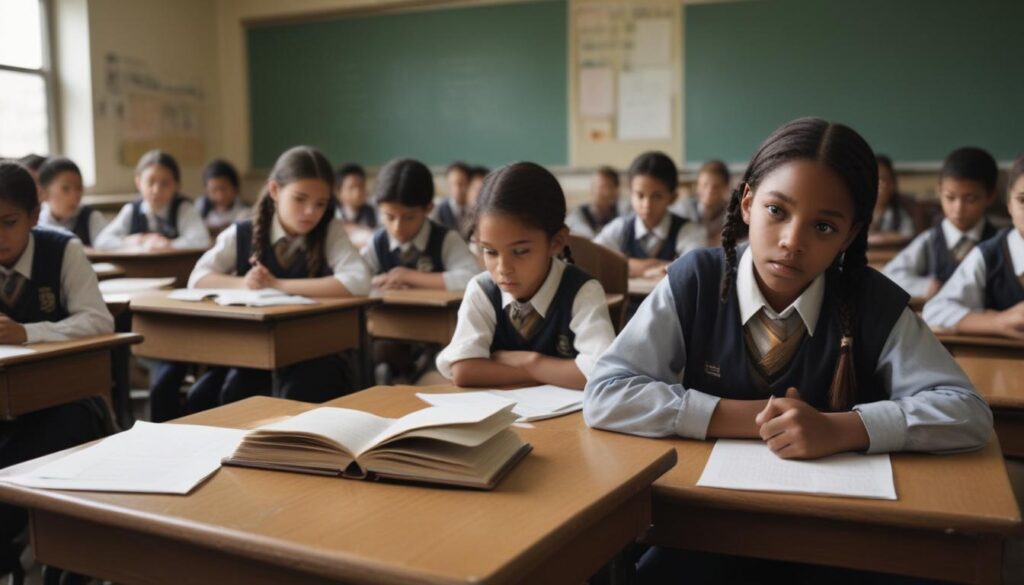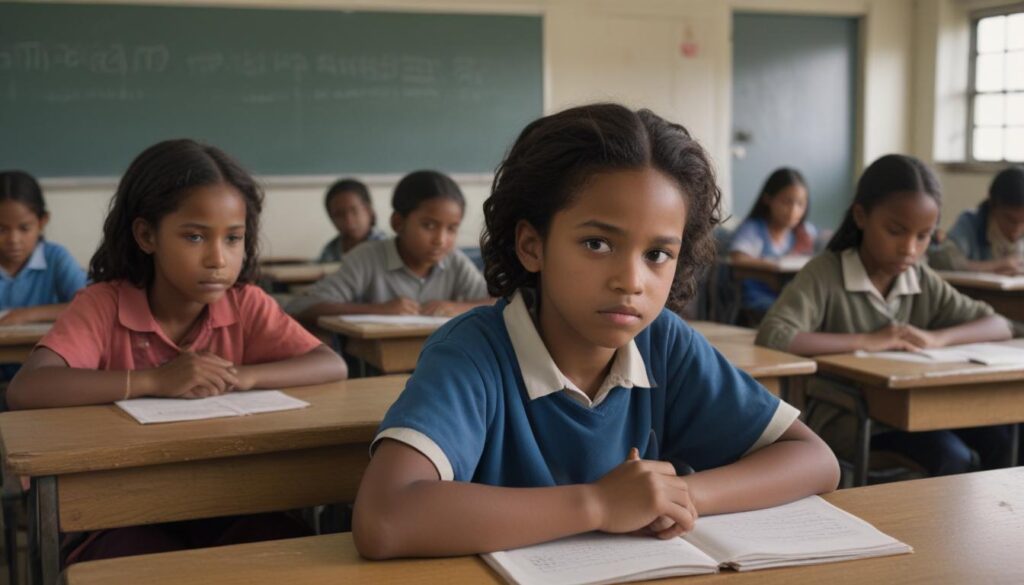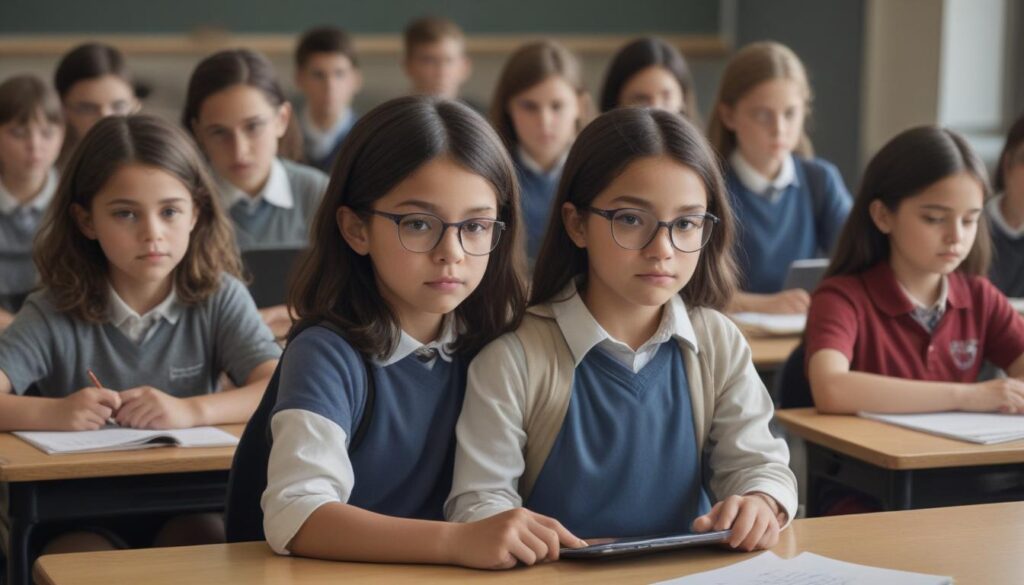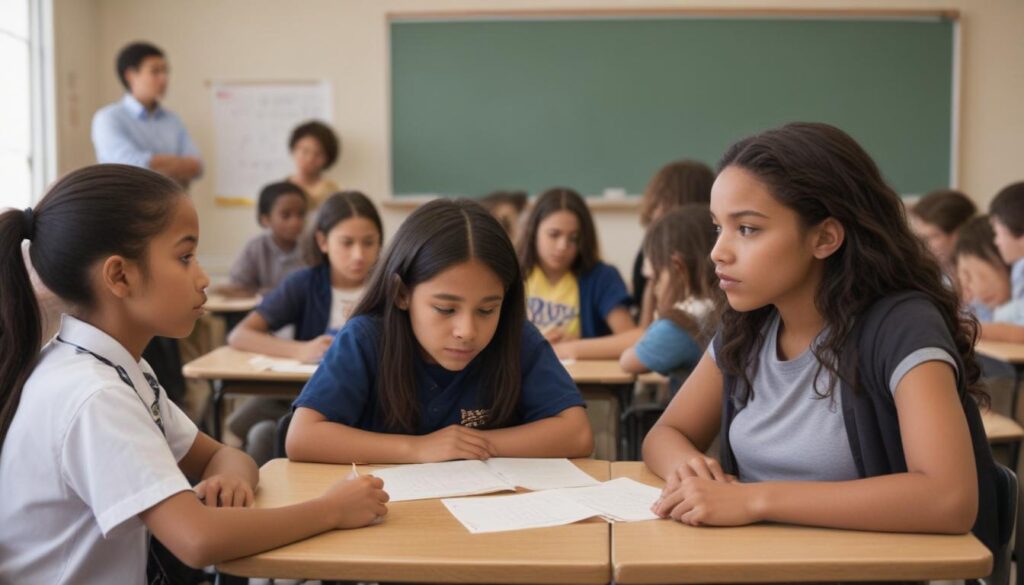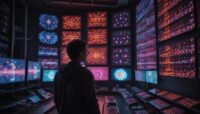Now Reading: Global Teamwork Starts in School
- 01
Global Teamwork Starts in School
Global Teamwork Starts in School
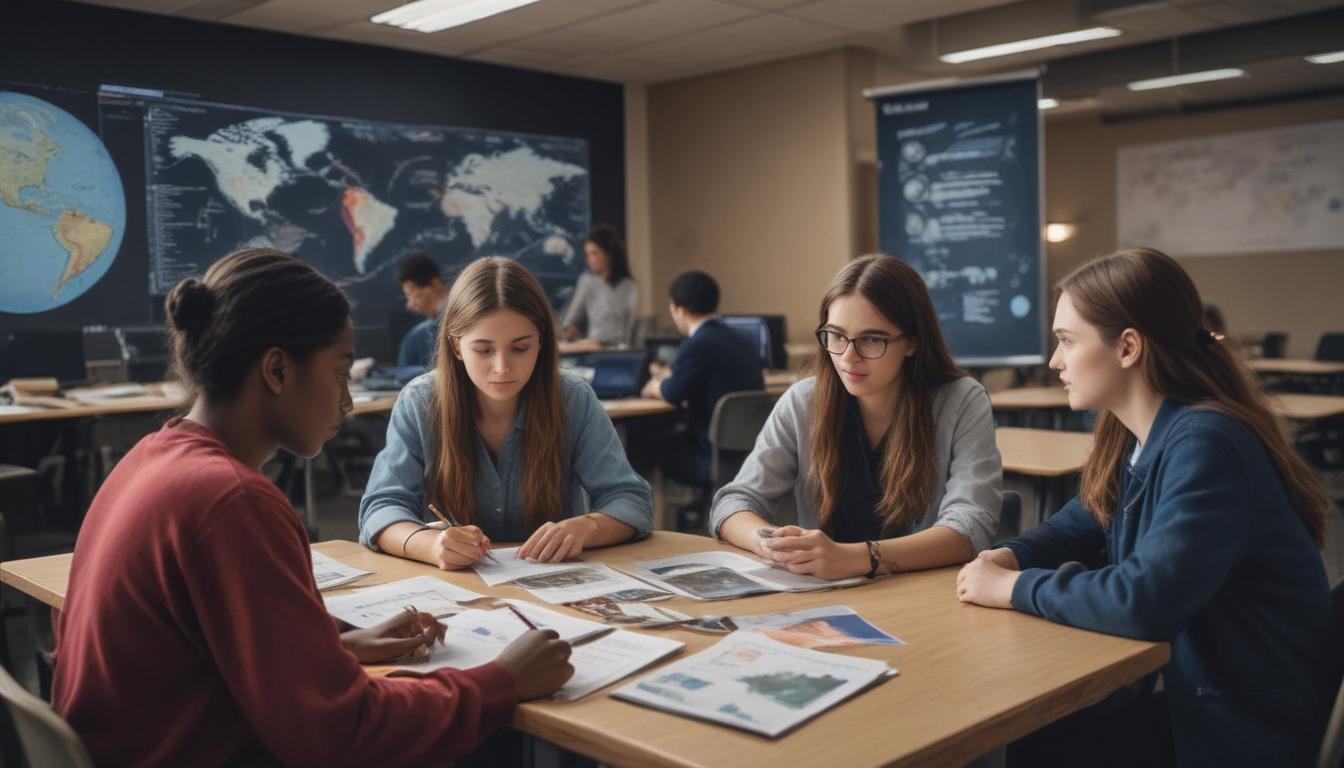
Unlocking Our Global Future Why Education for Collaboration is Non-Negotiable
Have you ever seen a brilliant project stall, not because of a lack of talent, but because the team simply couldn’t get on the same page? In our hyper-connected world, teams are often spread across continents, cultures, and time zones. The old ways of working and learning are no longer enough. Misunderstandings, missed deadlines, and failed initiatives are the costly results of a workforce unprepared for the realities of a globalized economy. The solution isn’t just better technology; it’s a fundamental shift in how we learn. The answer lies in education for global collaboration, a framework designed to equip students with the essential skills to thrive in an interconnected future.
What is Education for Global Collaboration
Education for global collaboration moves beyond traditional group work. It is an intentional approach to teaching and learning that prepares students to work effectively, respectfully, and innovatively with diverse individuals to solve complex problems. It’s about building a new kind of intelligence—global competence—that is rooted in awareness, communication, and a shared sense of purpose.
Fostering Cultural Competence
This is the bedrock of global collaboration. It involves more than just knowing facts about different countries. Cultural competence is the ability to understand, appreciate, and interact with people from cultures different from one’s own. In an educational setting, this means creating learning experiences that explore cultural norms, communication styles, and varying perspectives on a single issue.
Developing Communication Skills for a Global Audience
Effective communication is crucial. When collaborating globally, this means learning to be clear, concise, and mindful of potential language barriers and non-verbal cues. Students must learn to ask clarifying questions, practice active listening, and choose their words carefully to ensure their message is received as intended, whether they are writing an email or participating in a video conference.
Mastering Digital Collaboration Tools
Technology is the great enabler of global teamwork. An education focused on collaboration must provide fluency in the digital tools that connect us, from project management software like Asana or Trello to communication platforms like Slack and Zoom. The goal isn’t just to know how to use the tools, but to understand how to leverage them to maintain momentum and clarity across distances.
The Urgent Need for Collaborative Skills in Today’s World
The demand for these skills is not a future trend; it is a present-day reality. Businesses, non-profits, and governments are all seeking individuals who can navigate the complexities of a global landscape.
Driving Innovation and Problem Solving
The most creative solutions often come from the intersection of diverse viewpoints. A team composed of individuals with different backgrounds and experiences is better equipped to see a problem from all angles and develop truly innovative solutions. Education must model this by encouraging cross-disciplinary and cross-cultural projects.
Enhancing Career Readiness and Employability
Employers consistently rank collaboration and communication as top desired skills. A student who can demonstrate successful collaboration on a global project has a significant advantage in the job market. They are not just prepared for a job; they are prepared for a career in a world where teamwork knows no borders.
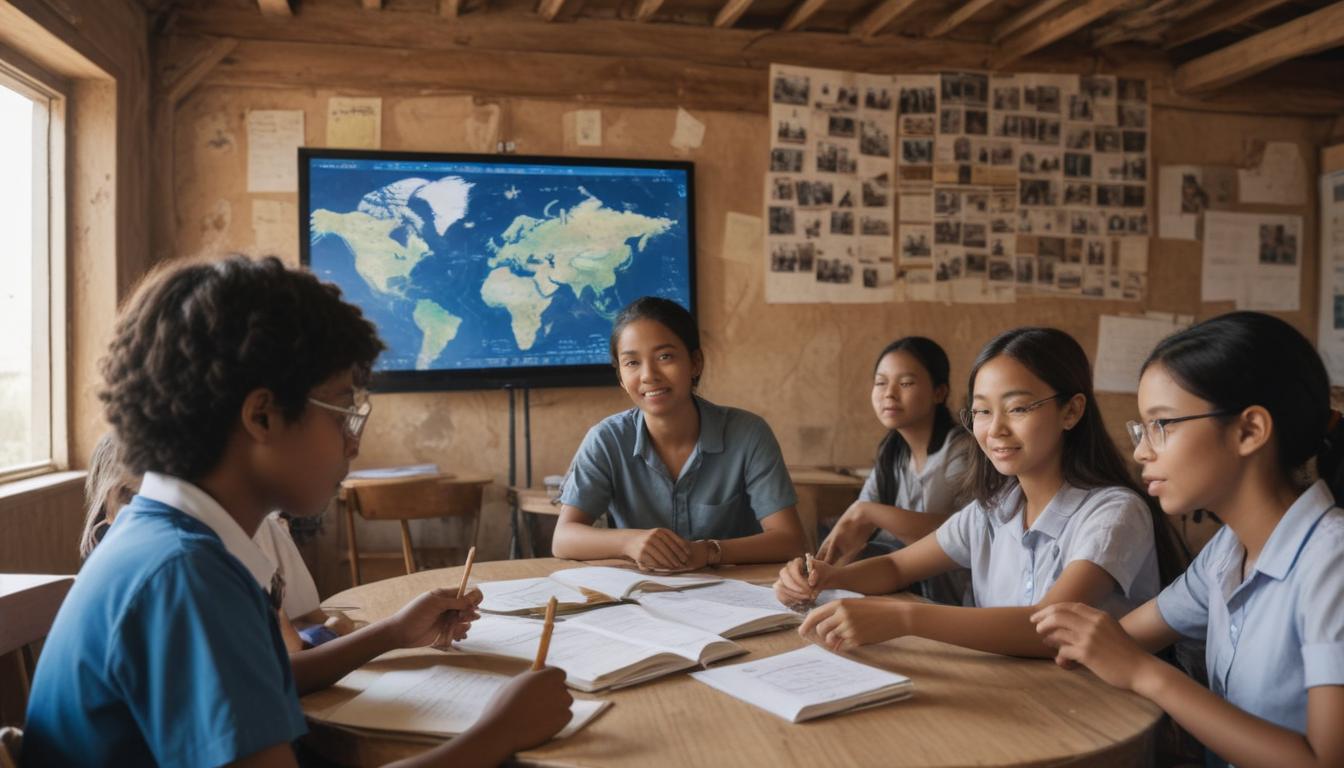
How to Integrate Global Collaboration into Education
Implementing this educational shift is achievable with a focused strategy. It requires commitment from educators, administrators, and the students themselves.
Strategies for the Classroom
Educators are on the front lines of this transformation.
Project Based Learning with International Partners
Connect your classroom with another classroom in a different country. Assign a project that requires students to work together to conduct research, create a presentation, or design a solution to a shared problem. This provides authentic, real-world experience.
Using Technology to Connect Classrooms
Leverage video conferencing for virtual town halls, invite international guest speakers to your class, or use shared online documents for co-authoring reports. These simple technological integrations can have a profound impact.
Actions for Institutions and Leaders
Systemic change begins at the institutional level.
Building International School Partnerships
Forge formal relationships with educational institutions abroad. These partnerships can facilitate student exchanges, joint curriculum development, and collaborative professional development for teachers.
Curriculum Redesign
Review and update curricula to ensure global perspectives are embedded across all subjects, not just in social studies or language classes. Science, math, and the arts can all be taught through a global lens.
The Future is Collaborative Start Today
The path forward is clear. To prepare students for the challenges and opportunities of the 21st century, we must move beyond an outdated, individualistic model of education. By intentionally teaching the skills of cultural competence, clear communication, and digital fluency, we empower the next generation to become the leaders, innovators, and problem-solvers our world so desperately needs. It is time to stop preparing students for the world of yesterday and start educating them for the collaborative reality of tomorrow.
















